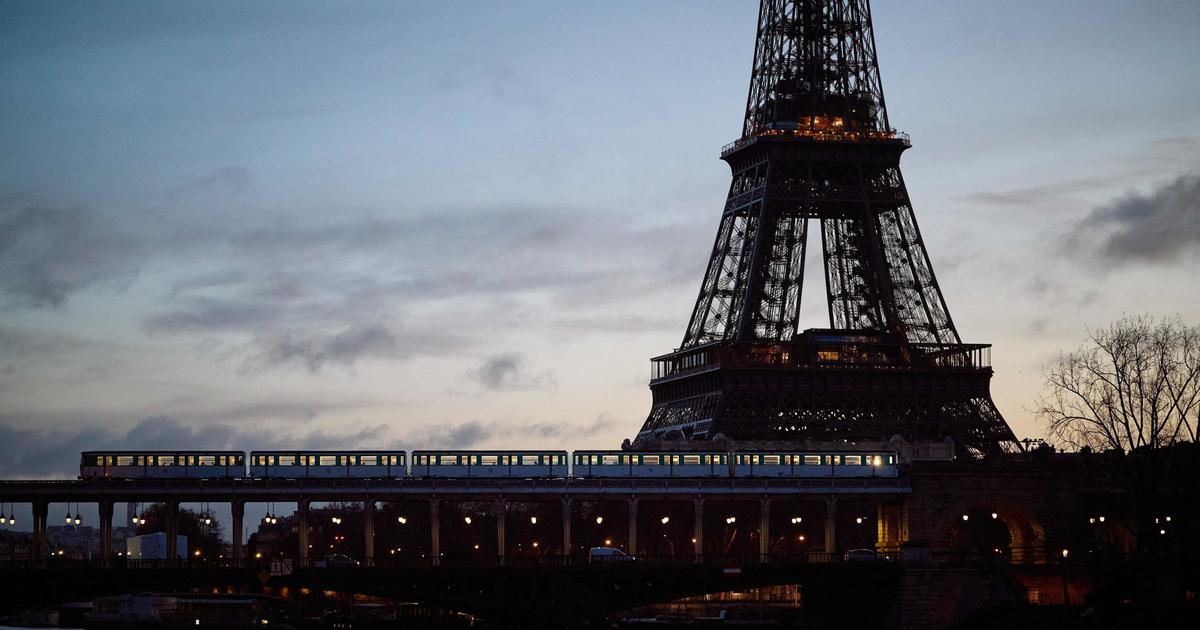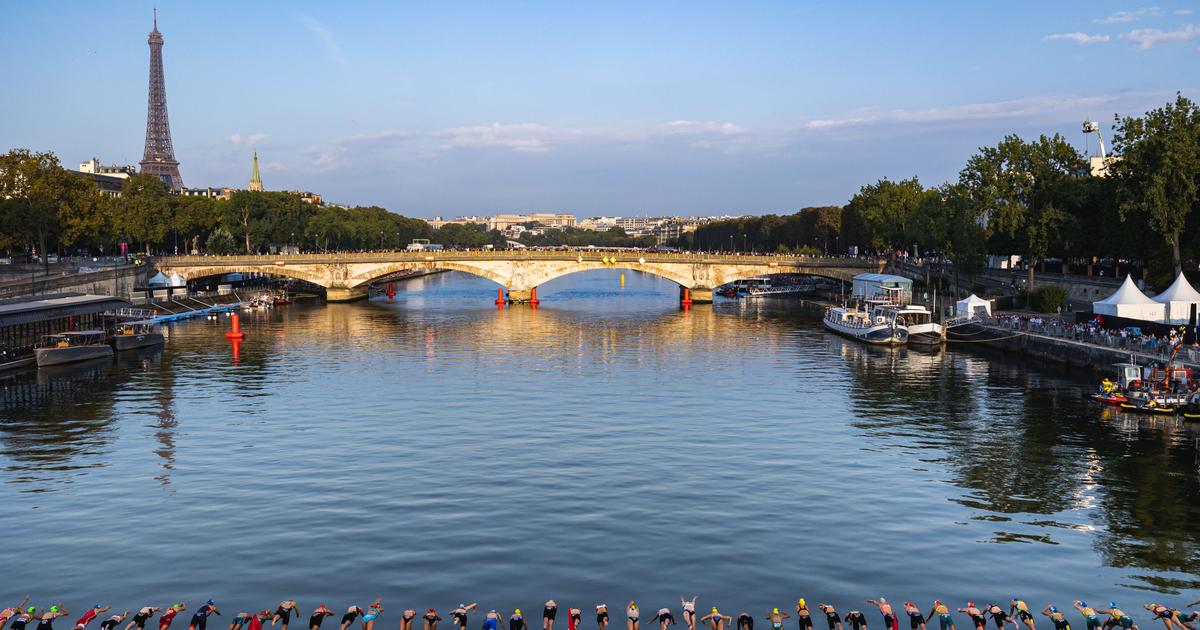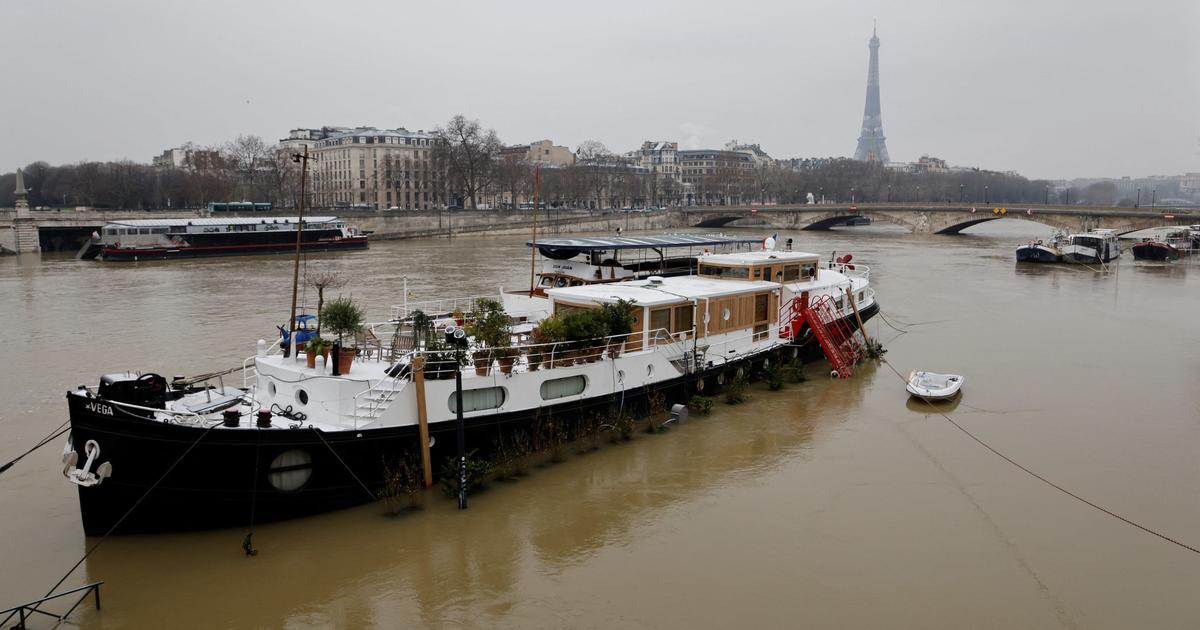From one continent to another, goods arrive and leave mainly through ports.
The economic stakes are strategic, as recently demonstrated by the grounding of the container ship Ever Given in the Suez Canal.
In Le Havre (Seine-Maritime), for fifteen years, Port 2000 has become one of the largest European harbors where the largest ships unload or embark millions of containers (66 million tonnes of goods handled in 2019).
An essential platform for the French economic market: 85% of products leave by road, 5% by rail and 10% by the Seine.
READ ALSO>
The great return of river transport, carried by the green wave
As a river barge emits 2.5 times less CO2 than a heavy goods vehicle per tonne transported and costs less, Haropa (alliance of the ports of Le Havre, Rouen and Paris) wants to increase this share of river traffic to 20% d 'by 2025. But, for this, improvements are to be made and in particular a "cat flap", a dike of 2 kilometers between the historic port and Port 2000.
An axis open to the Yonne
To make the Seine, between Le Havre and Yonne via Rouen, Gennevilliers, Paris or Bonneuil-sur-Marne, the main axis of the modal shift and eliminate the equivalent of 12,000 heavy goods vehicles on the roads of by 2030, Haropa must first engage in several thematic projects: “Optimizing the efficiency and cost of logistics chains passing through the multimodal terminal;
pool the means of transport of river operators, lower costs at maritime terminals for river traffic;
improve the conditions and performance of navigation on the Seine by optimizing the motorization of boats to consolidate the ecological advantage of the river on the road ”, details Baptiste Maurand, the managing director.
Finally decided two years ago, the maritime consortium must also build the “cat flap” which will protect the barges and barges from swells, wind and tides during their transit from the estuary to the gigantic porticoes.
To do this, 2.7 million m3 of sediment will be dredged to have a channel 4 meters deep.
Commissioning is scheduled for January 2024.
First sustainable river corridor in the world
All maritime players believe in this solution.
Moreover, at a cost of 125 million euros, the cat flap will be financed to the tune of 82.75 million euros by the Normandy region, by Europe for 24.9 million euros, by Haropa for 13.75 million euros in self-financing and 3.6 million euros by the State.
Despite everything, some voices are raised, notably those of the SOS Estuaire association "not against the fluvial, but against the impact on marine flora and fauna and the lack of alternative projects of the cat flap project", such as the voiced opponents at the last virtual public meeting.
Newsletter It pays me
The newsletter that improves your purchasing power
Subscribe to the newsletterAll newsletters
To answer this, an impact study was carried out and a 30-day public inquiry will be launched in September 2021 a few months before the start of work.









